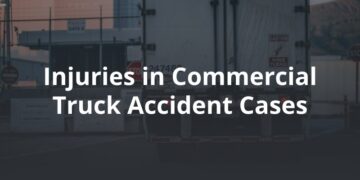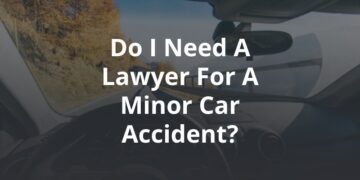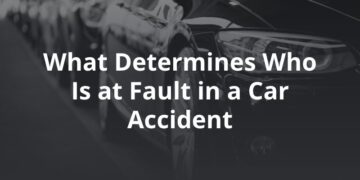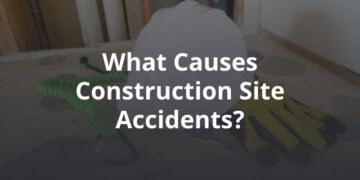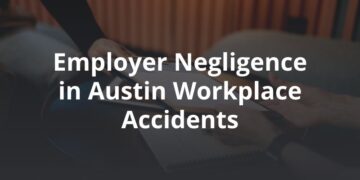When rideshare driving apps first began appearing in cities, some road safety advocates were overjoyed. Apps like Lyft and Uber offered a reliable, convenient way to travel — particularly to and from heavily trafficked bar districts. The assumption was that ridesharing would naturally reduce drunk driving accidents, leading to safer roads at night.
However, the truth is much more complicated. Experts have drawn mixed conclusions about whether or not Uber and Lyft have actually reduced alcohol-related accidents. Meanwhile, evidence shows that ridesharing may have actually increased accident rates overall. For instance, one study found that fatal accident rates have steadily increased 2 to 4 percent since rideshare companies moved into US cities.
There are several reasons why this might be. For one thing, more drivers on the road increases the risk of accidents. And most rideshare drivers rack up long hours on the road: most spend an estimated 40 to 60 percent of their drive time looking for passengers, which has a huge impact on congestion. Meanwhile, because rideshare drivers use their smartphones to answer ride requests, they are essentially incentivized to be on their phones while driving. And this behavior can be deadly: according to the consumer advocate group Safer America, there are 1,000 distracted driving injuries and nine deaths every day.
With more Uber and Lyft drivers on the road, it’s imperative that motor vehicle operators take steps to protect themselves, practicing defensive driving and staying alert behind the wheel. But rideshare companies should also implement more proactive measures to prevent distracted driver accidents. Here’s how rideshare drivers contribute to accidents and why it matters to drivers.
Rideshare Driving Conditions Contribute to Distracted Driving
Smartphone use is an essential part of the rideshare model: passengers use their app to order rides, and drivers use a separate app to claim rides and locate passengers. This naturally causes driver distraction.
However, rideshare company policies do not help matters. Apps alert drivers of potential rides through a notification on their phone, which is distracting in itself. Adding to the issue, however, is the fact that drivers have just 15 seconds to claim a ride — and there’s no other way to do it besides tapping their phone. That leaves little time for drivers to wait until their vehicles are stopped before they take their eyes off the road.
After accepting a ride, drivers are then provided with a map that shows them the quickest way to get to their fare. This further encourages drivers to focus on their app instead of on the road in front of them. And that’s definitely impacting road safety: at least one Uber accident victim in Austin has sued, citing driver distraction as one of the causes of the collision.
How Distracted Driving Affects Road Safety
Most people understand that texting and driving is dangerous; however, many continue to engage in this behavior, often with lethal results. More specifically, here’s why distracted driving is so treacherous:
- In 2017, there were 3,166 accident fatalities attributed to distracted driving.
- There has been a 2 to 3 percent increase in accident fatalities since Uber and Lyft began operating equates to around 1,100 deaths a year.
- A driver traveling 70 miles an hour drives approximately 200 feet during a two-second glance at their phone.
- It takes the average person around five seconds to read or respond to a text on their phone.
- The National Occupant Protection Use Survey (NOPUS), which uses probability-based observed data to calculate driver statistics, estimated that 2.9 percent of drivers use their cell phones while driving.
- However, in one survey 41 percent of drivers admitted that they read texts while driving, while 11 percent said they use their cell phones while their vehicles are moving.
At FVF, our Lyft and Uber accident lawyers are helping victims protect themselves against distracted rideshare drivers. Our team offers a free case evaluation to victims considering pursuing an Uber or Lyft accident settlement. We’ll help you understand your rights and options — and the steps you should take, no matter how you decide to move forward with your case. Get in touch today to speak to one of our experienced Lyft and Uber accident lawyers.
